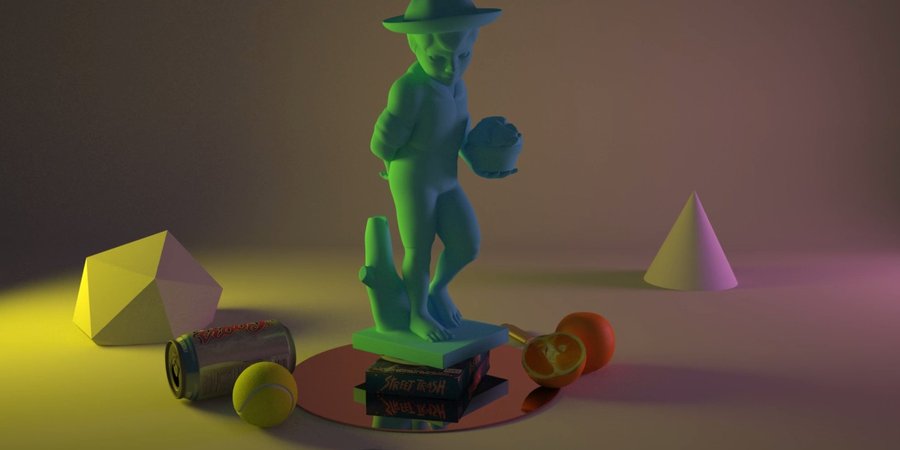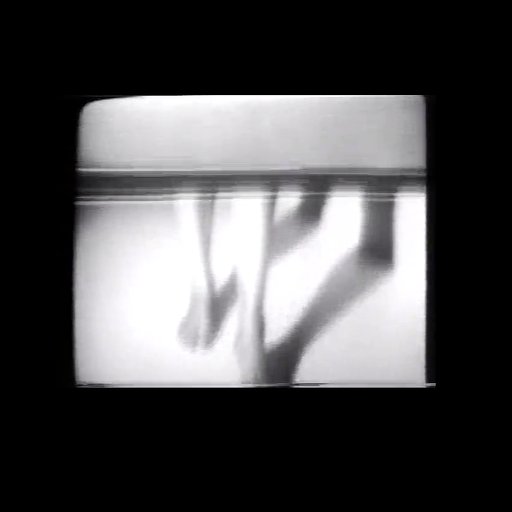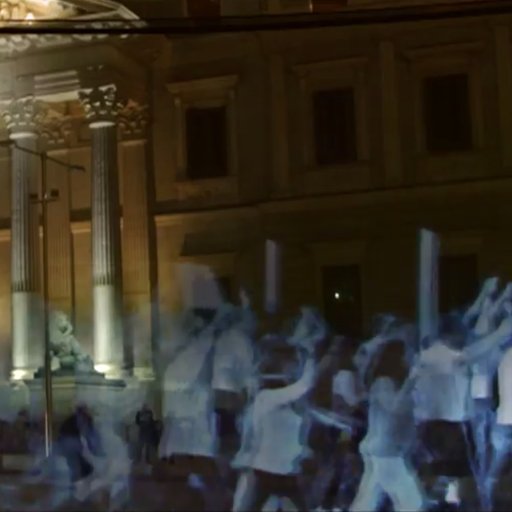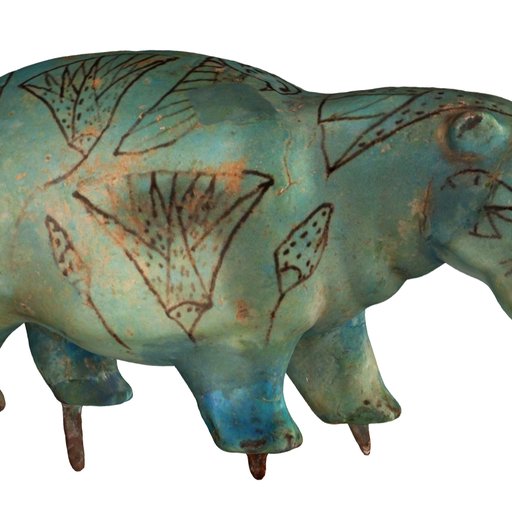Combining techniques from traditional hand-drawn animation and the latest in digital technologies, Takeshi Murata makes lush, visually stunning video compositions that range from glitch art psychedelia to absurdist animated shorts that reflect back on contemporary life. His tech-assisted world-making also extends into prints that update the still life for the 21st century, with renderings of everyday objects like beer cans and cracked iPhones all inhabiting slightly off-kilter, uncanny interiors.
Night Moves
Two works from the New York gallery Salon 94 illustrate the diversity of approaches within Murata’s digital videos: Street Trash and Night Moves (with Billy Grant), both from 2012. The latter is a glitch masterpiece, in which studio furniture and detritus take on new life under the artists’ (virtual, computer-assisted) hands. The piece is punctuated by periodic eruptions of digital snow that fracture the frame in a kaleidoscopic frenzy. These moments showcase Murata’s technique of data-moshing: overloading the programs he uses to create his videos until they spit out unintelligible but strangely beautiful visual feedback.
Street Trash
Murata takes a dramatically different approach in Street Trash , creating a kind of “moving still life” from relatively straightforward 3-D renderings. Lit by purple and yellow lights, the scene shows a small statue of a boy atop a VHS copy of the 1987 comedy horror film Street Trash and a circular mirror. An orange, a tennis ball, a Bic lighter, and a can of Coors Light frame the statue, along with simple geometric shapes. The silent four-minute video is both technically perfect and aesthetically stimulating, allowing viewers to notice subtle details in the piece—such as the fact that it's the digital objects themselves that are rotating, not the camera (pay attention to the placement of lights and shadows). The impossibility of this kind of movement opens the work up, creating a surreal yet calming mise-en-scéne .



























